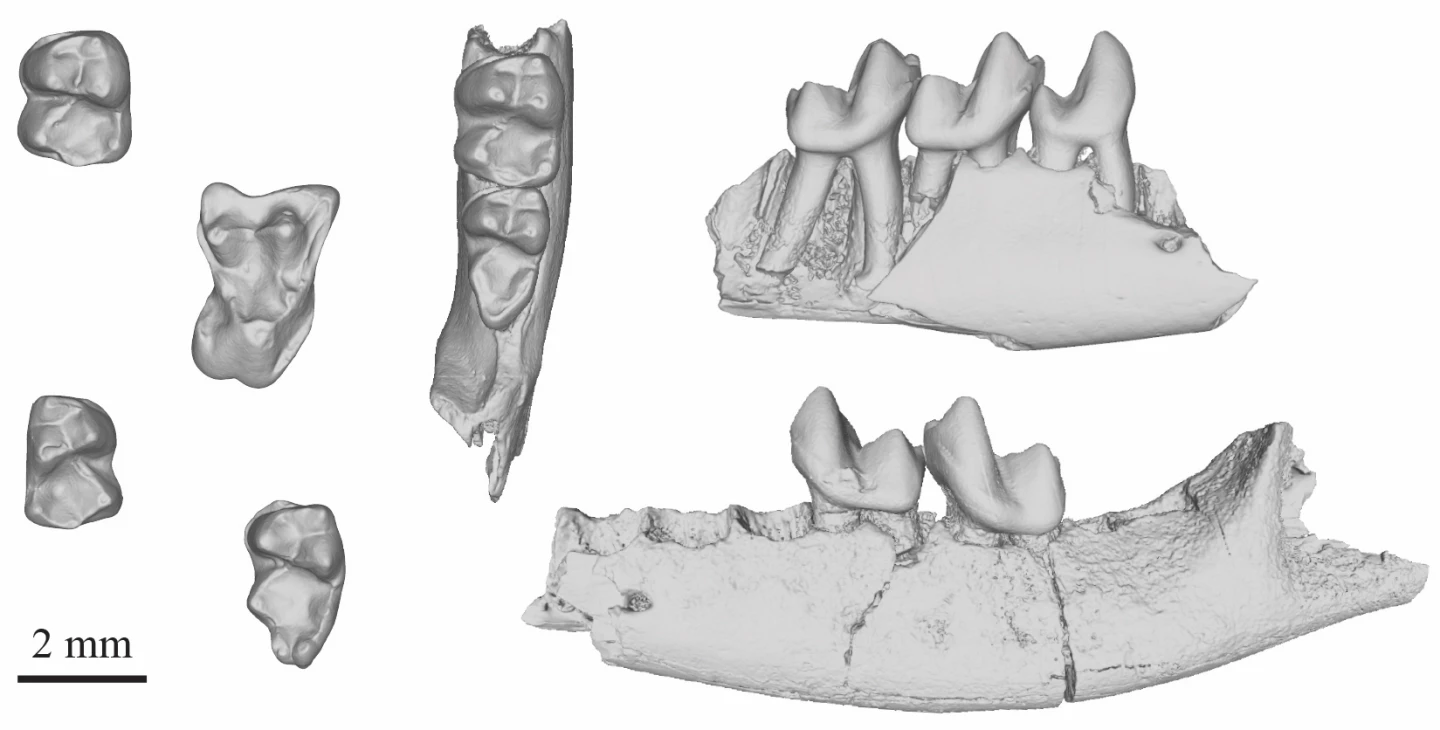Researchers have identified the oldest known fossils of primates, dating them to around 65.9 million years ago. That’s just after one of Earth’s biggest mass extinction events, and it suggests that the ancestor of all primates originally lived alongside the dinosaurs.
About 66 million years ago, a gigantic asteroid (or perhaps comet fragment) slammed into the Earth, changing it forever. Around three quarters of all plant and animal life on the planet went extinct, with the most famous victims being the dinosaurs.
As tragic as that was, it was actually good news for our own ancestors. For millions of years prior, mammals had played second fiddle to dinosaurs, scurrying around their feet and remaining relatively small. But with that competition gone, mammals took advantage of the power vacuum and diversified into a wide range of new forms. And these good old days were the focus of the new study.
“It’s mind blowing to think of our earliest archaic primate ancestors,” says Gregory Wilson Mantilla, co-lead author of the study. “They were some of the first mammals to diversify in this new post-mass extinction world, taking advantage of the fruits and insects up in the forest canopy.”

In the study, the team analyzed a collection of fossil teeth from archaic primates, allowing them to determine how old they were and to which species they belonged. Some of the teeth were found to be from a previously known species called Purgatorius janisae, a roughly rat-sized early primate believed to have eaten insects.
But three of the teeth had distinct features that had never been seen before. The team determined that they belonged to a brand new species, which they dubbed Purgatorius mckeeveri.
Most importantly, the fossils were dated to around 65.9 million years ago, between 105,000 and 139,000 years after the mass extinction occurred. That makes them the oldest known primate fossils, edging out the previous record holders by about a million years or so.
“This discovery is exciting because it represents the oldest dated occurrence of archaic primates in the fossil record,” says Stephen Chester, co-lead author of the study. “It adds to our understanding of how the earliest primates separated themselves from their competitors following the demise of the dinosaurs.”
But of course, just because those are the oldest we’ve found, doesn’t mean they’re the oldest that existed. For the creatures to have been so established by then, the team says their lineage would likely have arisen during the Late Cretaceous period, meaning the oldest primates lived alongside the dinosaurs themselves.
The research was published in the journal Royal Society Open Science.
Source: University of Washington





